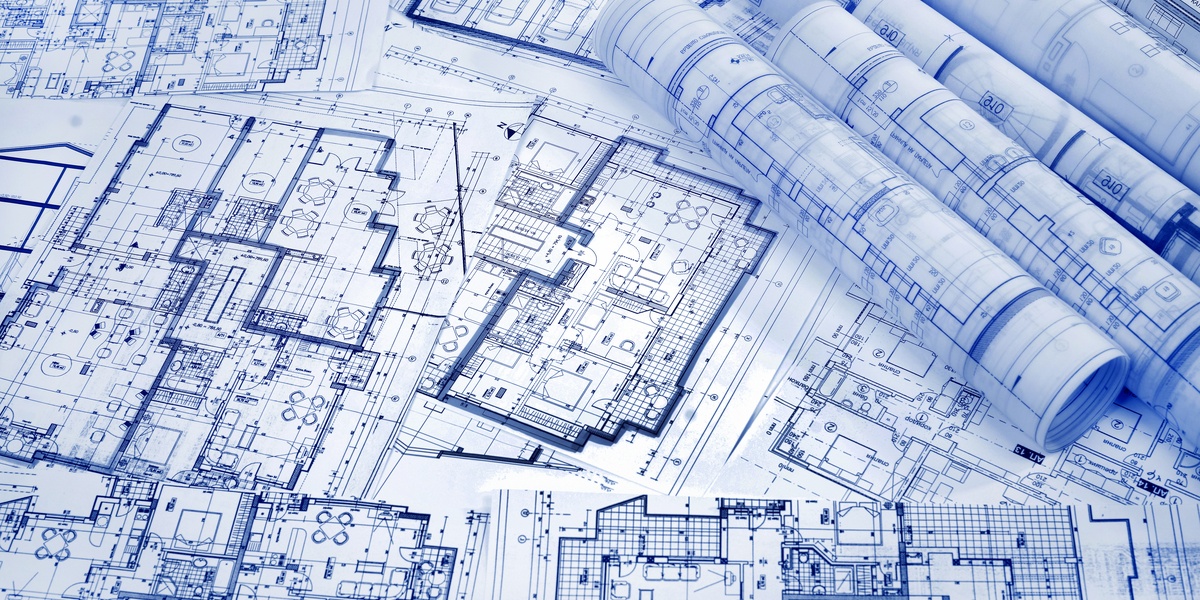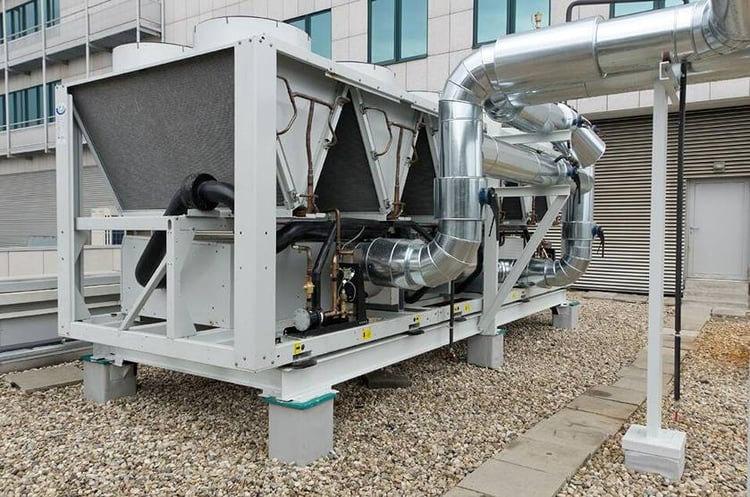Over-Engineering: What are the Negative Effects?

The idea that more is better does not always apply in engineering. For example, maximizing energy savings is always beneficial because it reduces building operating costs; on the other hand, oversizing mechanical equipment does not bring any benefits. In fact, many building systems suffer from performance issues both when undersized and oversized, and the best result is achieved when installed capacity matches requirements as closely as possible.
This article will describe the negative consequences of oversizing building systems, which include both financial and technical issues.Working with a qualified MEP engineering company is the best way to avoid them.
Oversized Equipment is More Expensive to Purchase
This is the first negative consequence that most building owners in NYC face when their mechanical, electrical or plumbing systems are oversized: they drain more capital than necessary. Consider that capital has a cost of opportunity as well, since any funds used to pay the added cost of an over-engineered system are funds that cannot be invested elsewhere.
Over-engineering is a common consequence of “rule of thumb” decisions during the design process. These decisions are tempting because they speed up design and reduce its cost, but any savings are negated by the extra capital spent during installation! The best solution is to work with a design firm that takes the time to calculate key building requirements such as lighting levels, space heating, space cooling and water heating. Then, the results of this analysis are used to specify equipment of matching capacity.
Also consider that one oversized building system can increase the cost of other installations. For example, if a building has a larger chiller plant than needed, the electrical installation supplying it with power must also have higher-capacity conductors, protection devices and transformers.
Oversized Equipment is Also More Expensive to Operate
The extra costs associated with over-engineering do not end during construction. These systems also require an increased energy input during their entire service life: oversized lighting installations consume more electricity, while oversized boilers and furnaces demand more fuel. While there are technologies that reduce the output of building systems, such as dimmers for lighting and variable-speed drives for motors, the system should have been specified smaller in the first place if you need to operate it below rated capacity all the time.
If the equipment in your facility is both oversized and old, you have an excellent chance to reduce operating expenses with a building upgrade. A newer and well-designed installation can have both smaller capacity and increased efficiency. Even greater savings can be achieved if it is complemented with automatic controls to optimize operation.
Consider that Local Law 88 of 2009 requires all buildings under its coverage to upgrade their lighting installations by 2025, bringing them to the performance level required by the NYC Energy Conservation Code as a minimum. An engineering consulting firm can assess your lighting installations and identify the best upgrades.
Over-Engineering Makes Maintenance More Demanding
This applies mostly for HVAC installations. Basically, an oversized unit operates in shorter cycles, increasing the rate at which mechanical components are worn down. This means that reparations and part replacements become more frequent. Also consider that larger equipment uses larger parts, which are more expensive as well.

Oversized equipment is also associated with more noise and vibration. Noise can be distracting, and vibration can propagate through some building elements, leading to maintenance issues even in building systems not related with the over-engineered installation.
Lighting systems that produce more lumens than needed are not more demanding in terms of maintenance. However, consider that office lighting is often embedded in dropped ceilings, and these can vibrate a lot when a nearby piece of mechanical equipment is oversized. As a consequence, over-engineered mechanical components can damage lighting with propagated vibration.
It is important to note that vibration can be an issue even with properly-sized equipment, but the magnitude is less severe. In addition, by using adequate spring supports or damping pads, vibration issues can be mitigated or eliminated.
Over-Engineering Causes Discomfort and Indoor Air Quality Issues
Humans feel better when room temperature is constant and relative humidity is kept between 30% and 60%. Temperature and humidity extremes can both cause discomfort and health issues, and over-engineered HVAC systems have poor control over these variables.
- An oversized air conditioner leads to an excessively low temperature. Also, since it operates in shorter cycles, it does not remove humidity effectively. When you enter an indoor space that feels cold and humid like a refrigerator, a likely cause is an over-engineered space cooling system.
- As you might expect, an oversized space heating system can create a warm and dry environment. In addition to the discomfort it causes, it can irritate the skin, eyes and respiratory system. Low humidity also causes dust and viruses to become airborne more easily, potentially leading to allergies and other health issues.
Over-Engineering Can Damage the Public Image of a Building
Oversized building systems are more wasteful, and consider that Local Law 84 of 2009 requires properties above a certain size to benchmark their energy and water consumption, reporting them each year. Starting from 2020, this information will be used to assign an energy efficiency grade for buildings, and public disclosure of the grade received will be mandatory.
If your building has over-engineering installations and is also covered by LL84, you may run into an unfavorable energy grade. Property developers should be especially aware of this, since a poor grade is likely to drive off potential tenants - they will associate a low grade with higher energy expenses.
Make sure your building systems are of the right capacity.
Final Recommendations
“More is better” does not apply in the case of over-engineered buildings. These are more expensive to own and operate, while being more demanding in terms of maintenance. Oversized HVAC systems are detrimental for your air quality, while excessive lighting can lead to mandatory upgrades to meet Local Law 88. Finally, consider the consequences of getting a low energy grade in 2020.
Consulting is the first step to achieve energy efficiency. By getting an energy audit of your building, you can prioritize the best upgrades available. Energy efficiency measures are among the best building upgrades available in NYC, considering the high price of electricity and fuels.

Sanket Abhang
Sanket Abhang is a Plumbing and Fire Protection Design Engineer who holds a Mechanical Engineering Degree from the University of Mumbai, India. Recent projects include Community Access, Jackson Avenue, 330 Grand Street and many private residences & commercial kitchens.
Related Posts
Join 15,000+ Fellow Architects and Contractors
Get expert engineering tips straight to your inbox. Subscribe to the NY Engineers Blog below.



